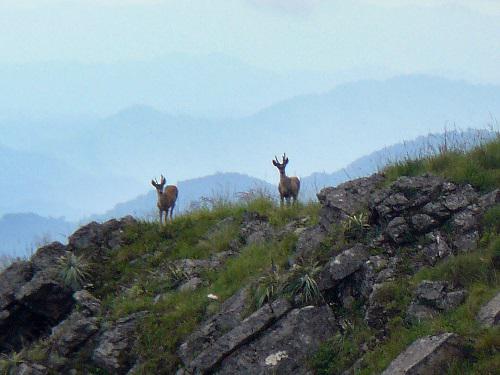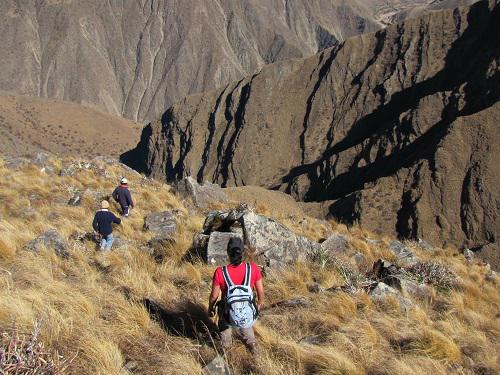María Jimena Gómez Fernández
We will use of non-invasive samples and molecular markers, to assess the population status and connectivity between taruca’s groups in northwestern Argentina. According to the results, we will produce a technical report to be distributed among the member institutions, for the subsequent discussion of management measures to be taken.

© Fernando Falke.
Many natural populations are susceptible to human pressures such as poaching, habitat loss or fragmentation. In many cases, the effects of these disturbances are completely unknown due to the little knowledge we have today about many of the existing species. It is important to keep track of these populations to obtain sufficient data to propose management and conservation plans. "Genetic monitoring" studies involves the use of genetic markers to study ecological and evolutionary processes in natural and captives populations. Technological advances have allowed to perform this type of studies from non-invasive samples, giving researchers the opportunity to study rare species, without altering or seeing the organisms under study.

© Cecila Li Puma.
The taruca, Hippocamelus antisensis (Cervidae, Artiodactyla), is ideal for the implementation of non-invasive techniques, as their population status is largely unknown because it is a difficult species to locate. This deer is native to the Andes, is present in Argentina in the provinces of Jujuy, Salta, Catamarca, La Rioja and Tucumán. It was declared Natural Monument since 1996 (Law 24702), is categorized as endangered in Argentina (Res. SAyDS 1030-1004) and is considered Vulnerable on its whole distribution due to the small population sizes and ongoing decline, according to the Red List of Threatened Species, (IUCN, 2010). It is found in isolated habitats, whose connections are interrupted due to the high density of human factors such as roads and crops. Habitat fragmentation induced by man is now considered one of the greatest threats to biodiversity and is associated with an increased risk of extinction.
Therefore it is important to perform an initial analysis of genetic variability in Argentine populations of Hippocamelus antisensis, in addition to distribution and ecology surveys that have been conducted regarding this species in order to learn the basic aspects that will help to generate specific conservation measures.